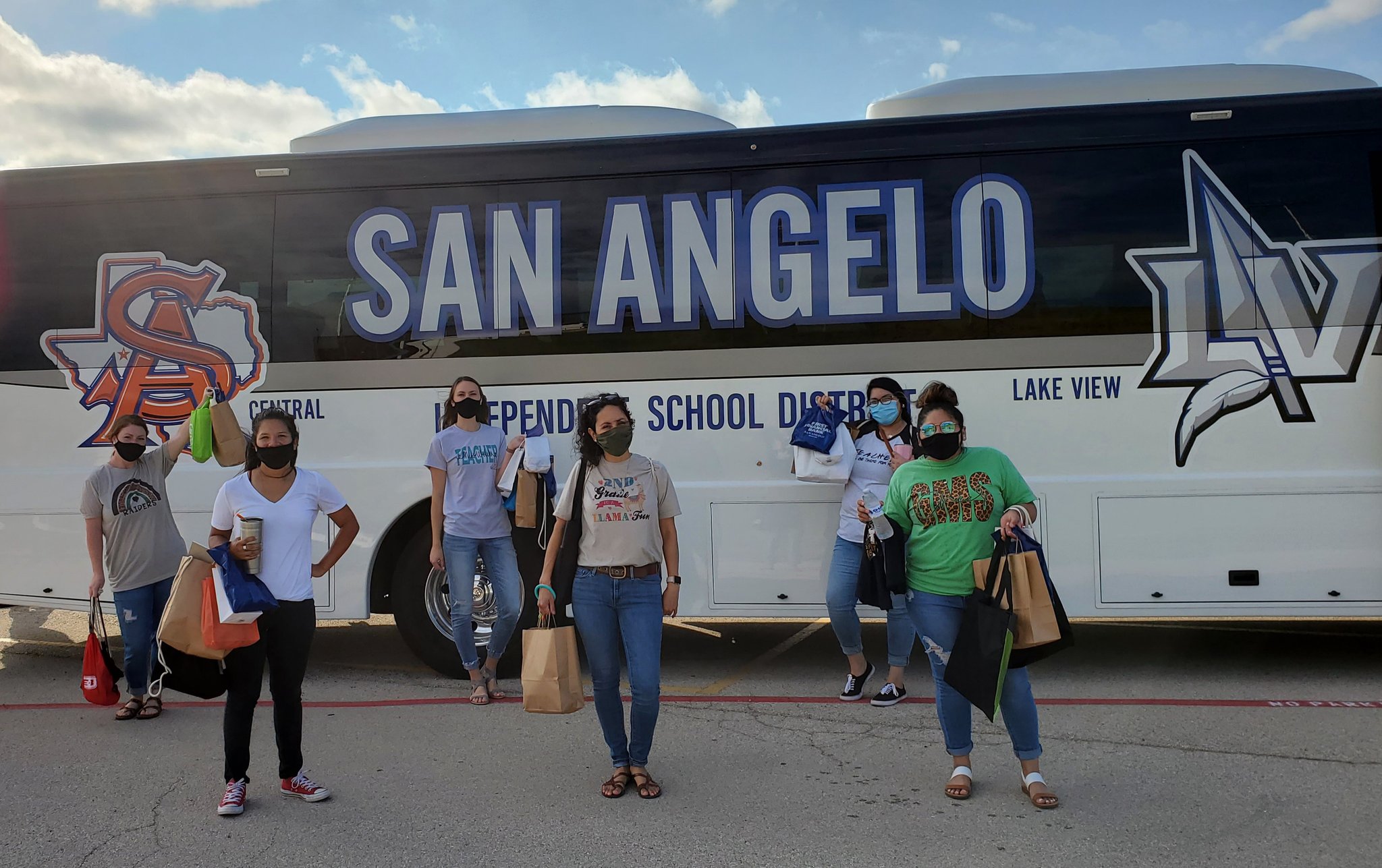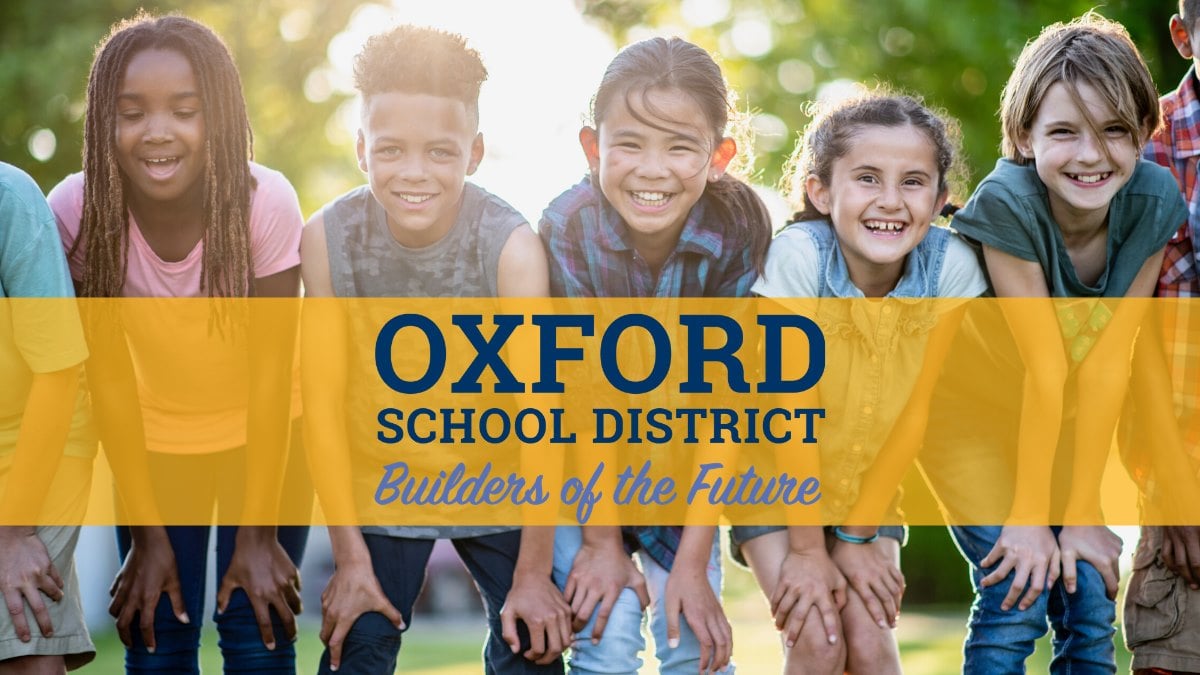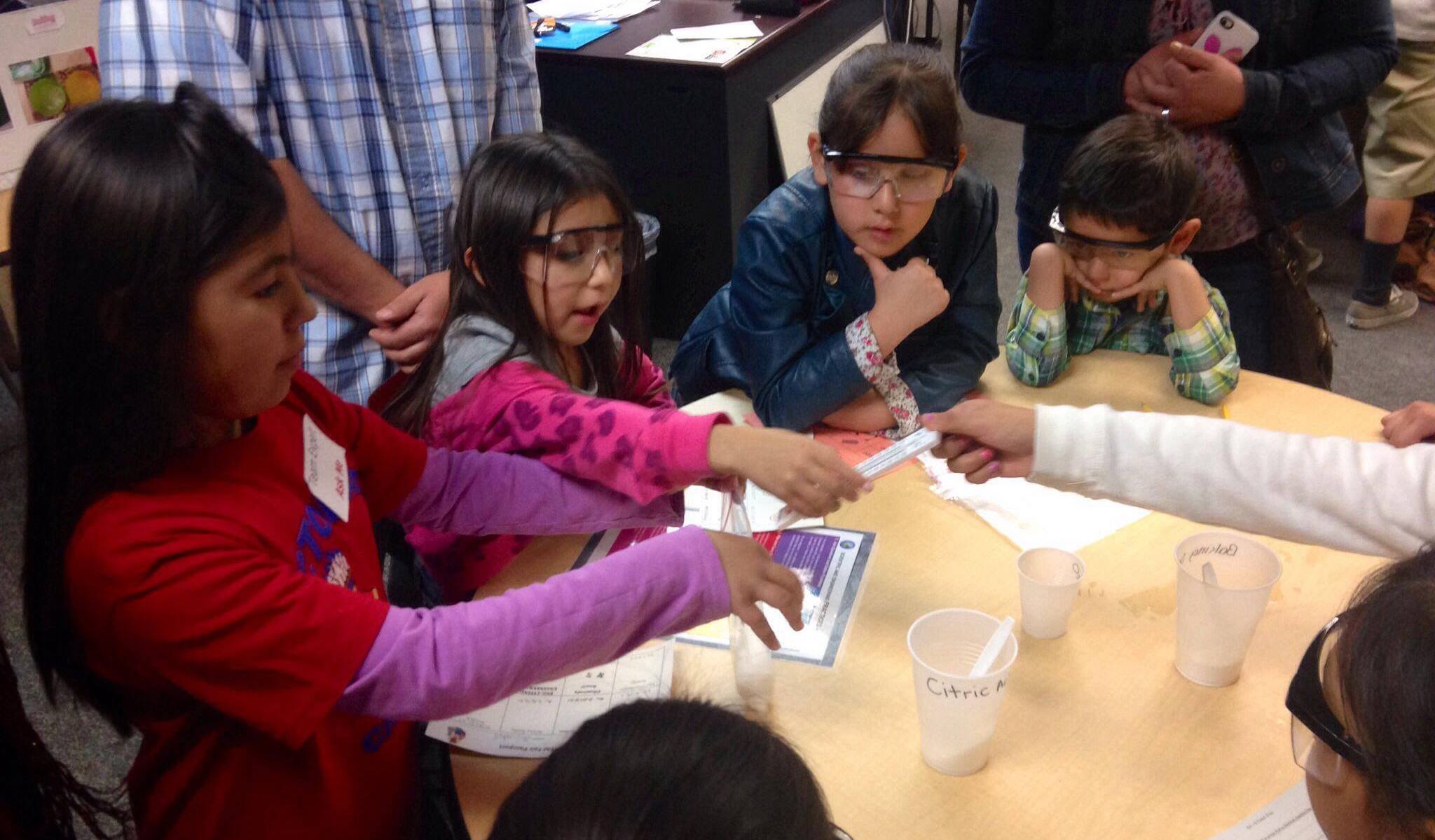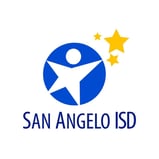
"We're just getting started with MTSS."
If this sounds familiar, the journey at San Angelo Independent School District, serving 14,500 students in San Angelo, Texas, is one to follow.
Over the last year, San Angelo ISD's district and school teams have been working valiantly to implement their vision for supporting the whole child—laying down the foundation for a multi-tiered system of supports (MTSS) and social-emotional learning (SEL).
We sat down with Lindy Lyles, director of social-emotional learning, and Michael Kalnbach, principal at Glenn Middle School, to hear about a key part of this process: empowering administrators and staff with easy-to-use tools and data.
Lindy and Michael shared how San Angelo ISD's MTSS journey began, why they chose Panorama Student Success, and how they use Panorama at the district and school levels to support the whole child. They also touched on how Panorama is enabling remote collaboration and teamwork around student supports—even in a distance learning environment.
Read excerpts from our conversation below or watch the full webinar recording.
San Angelo ISD's Whole Child Vision—and How Panorama Fits In
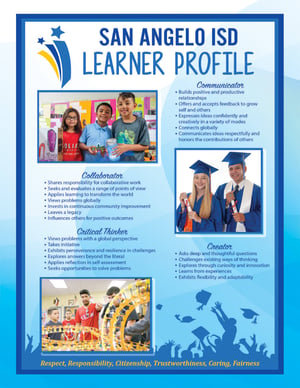
Lindy Lyles: Several years ago, our district came up with a Learner Profile that serves as our vision for how we want our students to graduate and thrive. From there, we asked: How do we measure progress towards this vision? How do we support students to reach this vision?
Building a multi-tiered system of supports (MTSS) is one way we are going to get there. Our MTSS journey is just starting. Our partnership with Panorama has helped us reduce feelings of frustration and being overwhelmed as we work to implement our vision for the whole child across our schools.
Michael Kalnbach: As a fifth-year principal in San Angelo, I've been thrilled about our district's vision for MTSS, and believe strongly that we need to take care of all of our children, beyond academics. In fact, a lot of our principals had been having conversations about mental health, the whole child, and social-emotional learning for a while.
From the district level, they asked us [principals] what we would need to achieve that vision. We said that we would need to be able to see the truth about every child—and see it quickly. When we found Panorama, it was clear that Panorama's vision matched ours. The Panorama platform meets several huge needs that we have—from SEL and climate surveys, to MTSS whole child dashboards.
"Our MTSS journey is just starting. Our partnership with Panorama has helped us reduce feelings of frustration and being overwhelmed as we work to implement our vision for the whole child and MTSS."
–Lindy Lyles, Director of Social-Emotional Learning
Dashboards to Cross-Reference Student Data in Seconds
MK: Before Panorama, we didn't have much in terms of tools to see and act on the whole child. Every single piece of data we wanted on our students was in a different platform. We knew our kids and families needed to be worked with, but we tended to not go after the data because collecting the data was so time-consuming. The problem is, that's uninformed. You're out in the dark trying things.
We needed to be able to cross-reference student data really quickly. With Panorama Student Success, it's so easy and it takes clicks... it doesn't take a call to an office or anything like that. We can start with a view of all of our students and see overall performance across academics, attendance, behavior, and social-emotional learning. Then, we can filter that data by grade level, demographics, 504 status, LEP status, FRPL status, etc. Anytime you add a variable, Panorama narrows down the list to show you exactly which students to focus on.
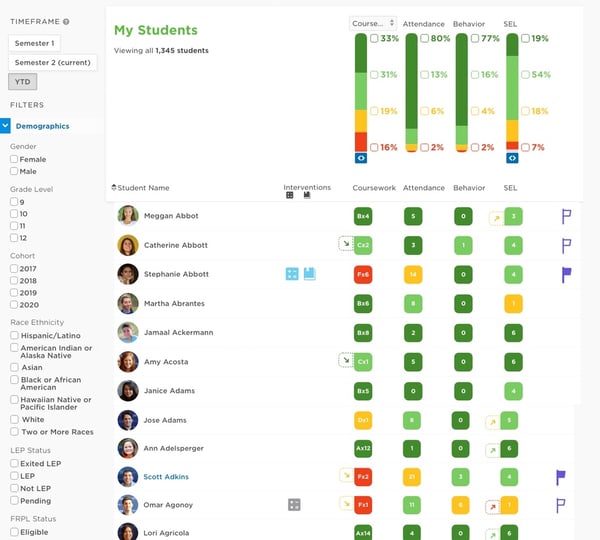
This image depicts demo data
When you click on a student, it brings their profile up. It's fantastic. Our teachers only have access to their own students, but they can instantly see the most important information on their students (including birthdays!) without any printouts.
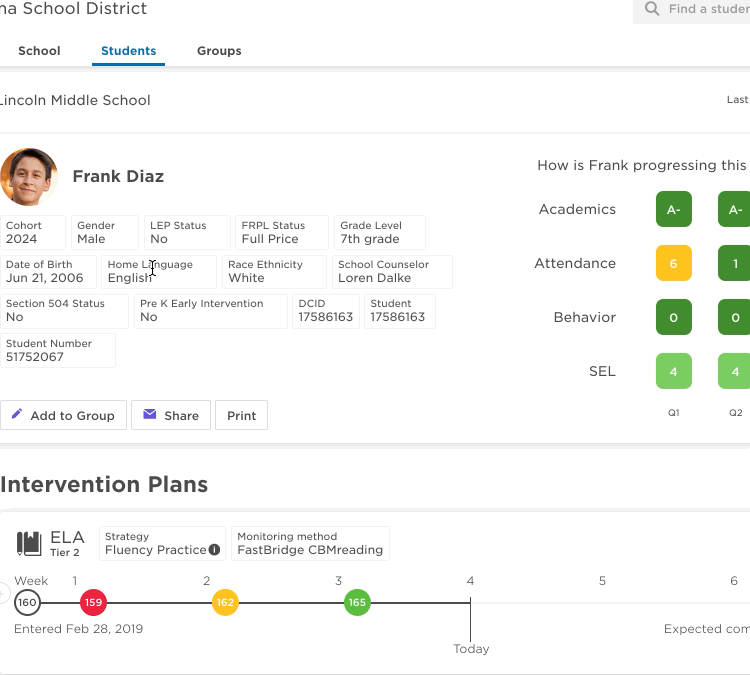 This image depicts demo data
This image depicts demo data
Learn more about Panorama's MTSS platform.
Collaborating Around Student Supports—Even During Distance Learning
MK: Our second goal with Panorama was that we needed everyone who's involved with each child (from teachers, to counselors, to the assistant principal) to be able to see everything that's been done over time, look at the data together in one place, and collaborate on interventions and supports.
All of our teachers use the support notes function in Panorama daily. This is how we document everything that happens in the classroom—any time teachers perform an intervention. For example, when one of our teachers makes a phone call home, they log it in Panorama with a simple click of the button and there's a spot to type in a note. Everyone on that child's team can see that note. Even after our students went home due to closures in the spring, several of our teachers continued to put in notes. I never had to worry about getting buy-in from my teachers for the Panorama partnership. When a tool has real value, you don't have to try to get buy-in.
"I never had to worry about getting buy-in from my teachers for the Panorama partnership. When a tool has real value, you don't have to try to get buy-in."
–Michael Kalnbach, Principal
Connecting the Dots Between SEL and Academics
LL: As we think about incorporating SEL into our MTSS, Panorama helps us do that in one place. We use Panorama's SEL assessments and culture and climate surveys for students, staff, and families. That data gets funneled into the Panorama platform—so from a district perspective, I can see how we're doing across all of our campuses. This can help us understand where we need to spend our time and where our principals need support.
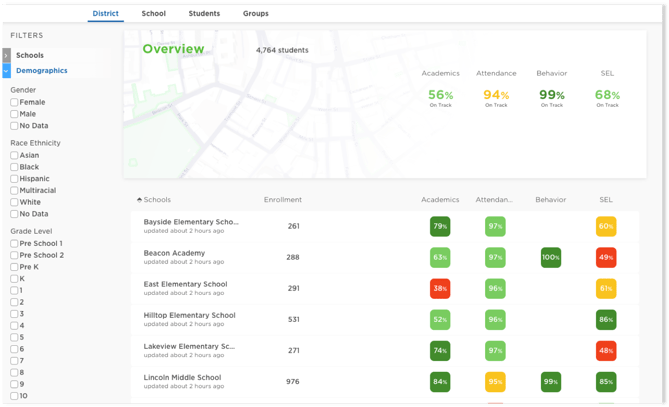 This image depicts demo data
This image depicts demo data
For example: our counselors, at-risk coordinators, and social workers can cross-reference data on which students on campus are failing, have low attendance, and are self-reporting low SEL. We can instantly get from a roster of 2,000 students to a list of 20 students who are urgent and critical—and that's where we would go first.
Having hard data and evidence in Panorama prevents us from making emotional decisions and assumptions. It helps guide our conversations around what evidence we have and what evidence we still need.
MK: Exactly—that piece about finding the truth is so important. For example, at Glenn Middle, when we ran reports on students' self-efficacy (confidence in their academic abilities), we found that we had been making some assumptions that turned out to be untrue. We had students who were performing at a high level academically, but who had low self-efficacy and didn't believe that they could learn at those high levels. With Panorama, we can stop making assumptions and truly figure out who our students are. What you end up with is the truth.


